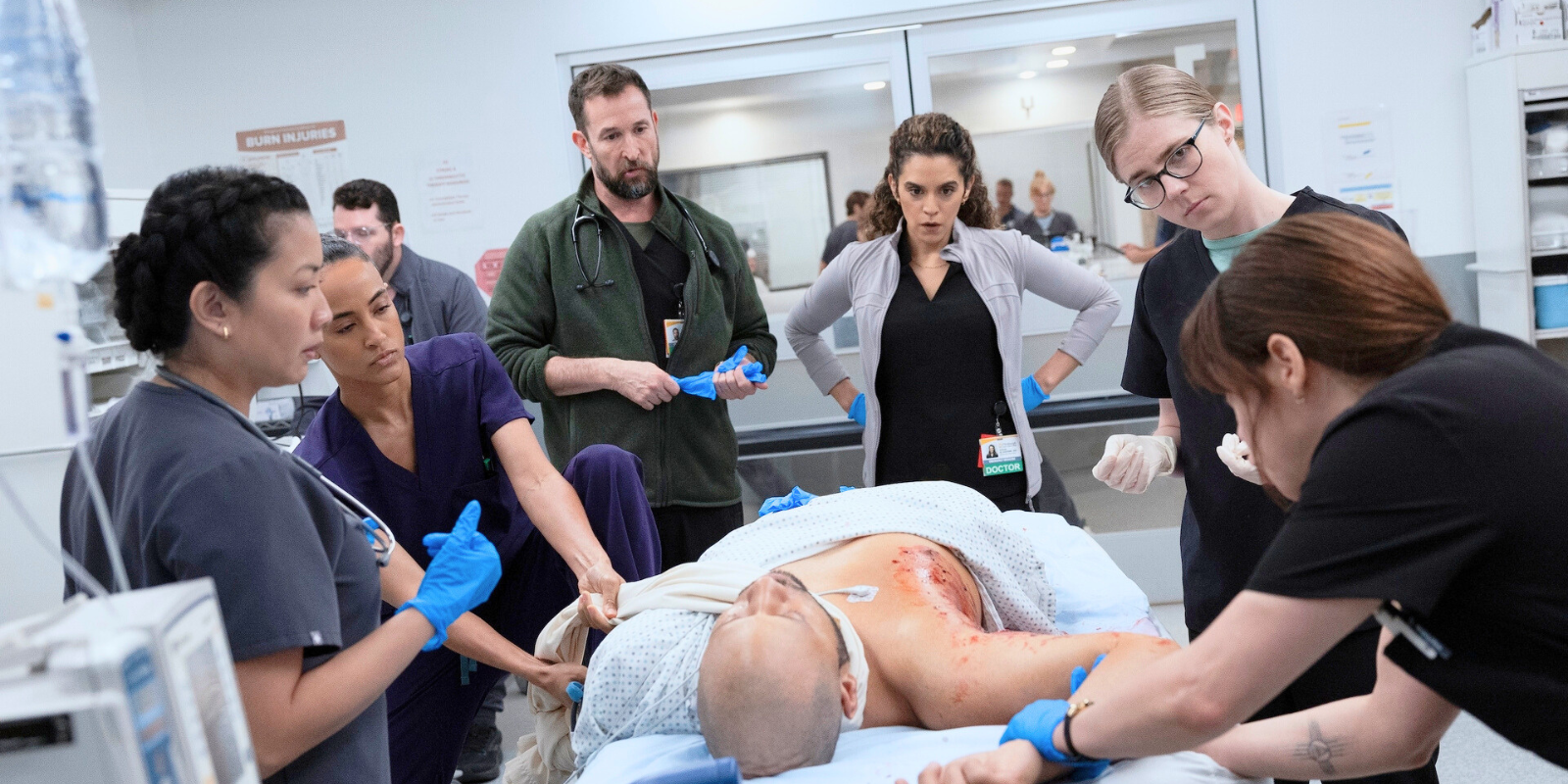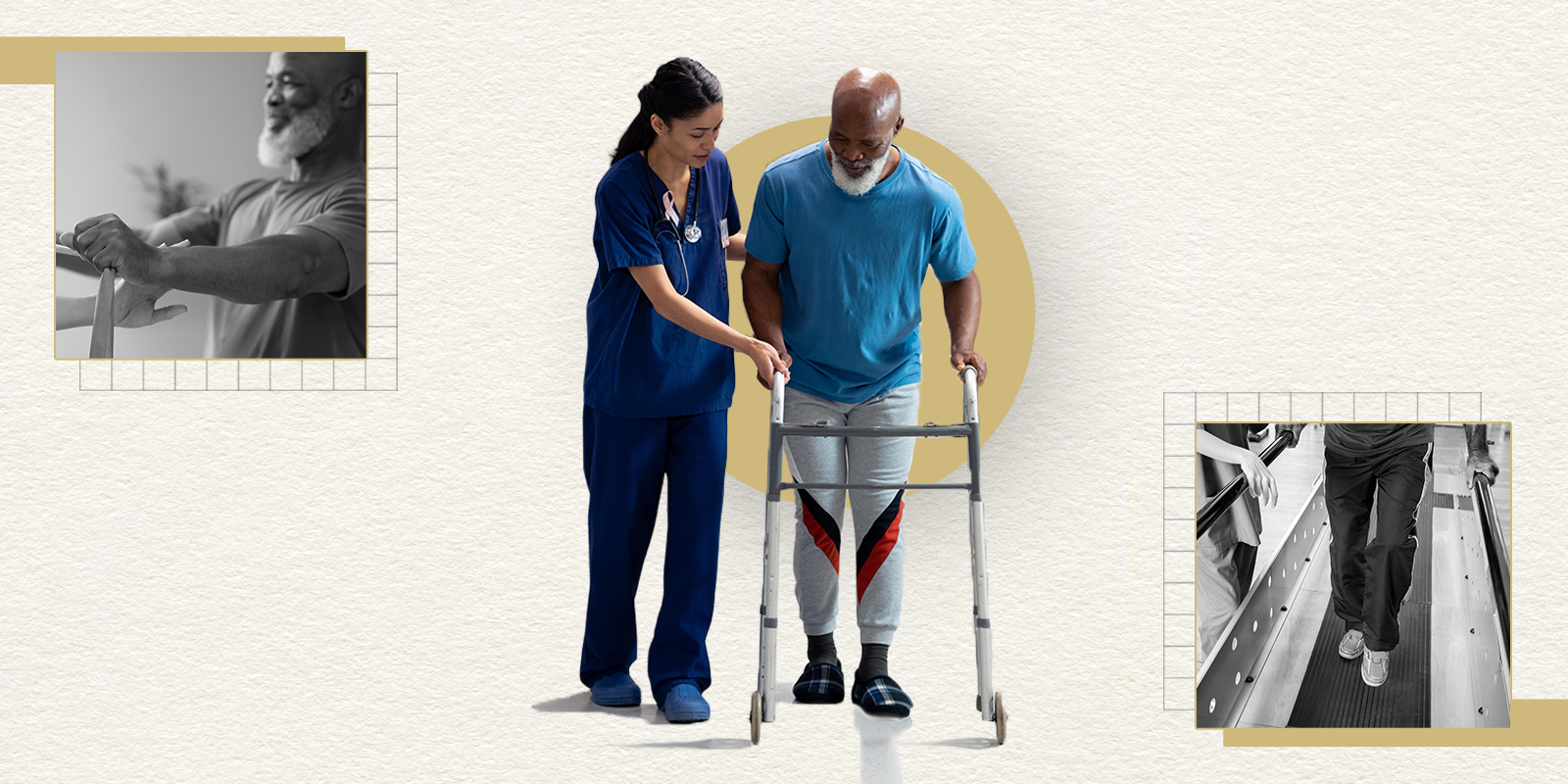What does this invitation to NAM mean to you?
It’s an incredible honor. As a native Coloradan, I’m proud to represent our campus and our state. I’m especially proud to be joining as a woman, emergency physician, and public health researcher. I’m grateful for the spotlight that NAM is putting on firearm violence, and I look forward to using science to prevent injury and violence, including suicide, across the nation.
How has your community engagement played a role in your success and understanding of firearm injury prevention?
I’ve had the opportunity to live abroad and travel extensively, which were experiences that showed me the joy in learning from and engaging with others from diverse backgrounds. In medical school and residency, I learned to work with patients; to respect their backgrounds, views, and preferences while providing them with evidence-based recommendations.
As an emergency physician, I have the privilege of caring for patients from every imaginable sociodemographic group and circumstance. These experiences led me to ground my scientific and public health work in engagement with affected communities. I work with them to develop messaging and solutions that are evidence-based but also acceptable and relevant. I’m proud of the work I’ve done in this space, from working with firearm retailers in suicide prevention to adapting a firearm injury prevention program for a military installation.
How did you first engage with community members and earn their trust in your firearm injury prevention research? How was your approach different from other physicians at the time?
I was inspired by mentors, particularly Cathy Barber at Harvard University, who helped start the first Gun Shop Project. I followed her approach of meeting with an open mind and a shared goal of preventing injury and death.
I try to stay aware of my own perspectives and biases and to be open to learning, but also ready to teach. The burden of firearm injury and death in the United States is enormous and can feel impossible to tackle, given the complexity of the issues and the political divisiveness. But there’s so much we can do when we work together by keeping a common goal in sight.
You have worked to create tools that were the first-of-their kind, including Colorado Out-of-Home Storage Map, Firearm Life Plan, and Lock to Live: A Firearm & Medication Safe Storage Decision Aid to encourage individuals to be independent and in control of their devices and protect themselves and others. How did you identify a need for these tools and recruit researchers from across the country to create them?
As an emergency physician, I love solving problems. In my research, I look for real-world implications and practical solutions, and that’s how these tools came about. They’re also the result of wonderful partnerships with talented public health professionals and researchers here and across the country. I love working on multidisciplinary teams because each person brings different ideas and perspectives, and that’s often where the creative solutions arise.
As director of the CU Firearm Injury Prevention Initiative, what do you deem as the most crucial and needed firearm injury prevention research in the next few years?
Firearm injury, or “gun violence,” is a complex problem that requires a public health approach that is grounded in collaboration with affected communities. A public health approach means using science to understand the scope of the problem, to identify risk and protective factors, to develop and test prevention strategies, and to disseminate effective solutions.
What works to prevent firearm suicide might be different from what works to prevent youth violence, but there are also likely common approaches. For the CU Firearm Injury Prevention Initiative, we are focused on growing our research and teaching activities across the types of injury (suicide, interpersonal violence, intimate partner violence, mass shootings, unintentional shootings) by helping build the next generation of cutting-edge researchers and by educating clinicians and community members.
We’re thrilled to have an initial $4.5 million commitment from the CU School of Medicine, but ongoing financial support from grants or external funders will be critical to keep this important work going.
What advice would you give new doctors and researchers interested in the field of injury prevention?
Injury prevention is a dynamic and fascinating, yet often under-appreciated field. It uses core approaches in education, engineering, enforcement (policy), and economics to prevent injury and death. I’d tell budding doctors and researchers to find the path that brings them fulfillment, but if they’re interested, to join us! In medicine and academia, it’s important to do work we’re passionate about.
What advice would you give women physicians looking to take on leadership roles?
I’m grateful to the generations of women before me who made it possible for me to be where I am. My mom, a PhD basic scientist, had graduate programs tell her they wouldn’t accept her because they assumed she’d get married and then quit, and her program required her to wear a skirt when she was in the lab. I’ve always been inspired by her dedication to science and no-nonsense attitude. My advice would be to build a network of other women, including peers and more senior women, to serve as mentors, coaches, and sponsors. Ask for advice, and also help other women. We still have a way to go to get to gender equity in medicine and science, and there is room for all of us.
What is your key advice for staying balanced and motivated?
My work in the emergency department is a constant reminder of how quickly life can change and how important it is to be present, to enjoy each day, and to connect with the people in your life. For me, that means hugs and “I love yous” with my husband and two daughters, and it means getting away to spend time in our beautiful Rocky Mountains.
I don’t think there’s such a thing as “work-life balance”; it’s more of an ever-changing chaos that sometimes slants toward work, sometimes toward life. The trick is to try to find joy in all of it.




